Research has shown that Sale comes out top as the healthiest place to live for women in Greater Manchester.
An academic from The University of Manchester has created a map based on the region’s Metrolink tram network, which has revealed the striking differences in life expectancy across Greater Manchester.
And women in Sale can expect to live longer – having a life expectancy of 82 and for men it is 74.
The map shows estimated differences of more than a decade in life expectancy across Greater Manchester. For example, the journey by tram from Timperley to stops in central Manchester takes around 30 minutes, but the estimated difference in life expectancy between the areas could be more than 10 years, or around a year for every 3 minutes of the journey.
And tram journey from Sale to Rochdale may take around 70 minutes, but the data suggests a difference in life expectancy between the areas could be up to 12 years.
Researchers at the University of Manchester said the map illustrates strong links between economic deprivation and shorter lifespan.

The research, using Office for National Statistics data, focussed on factors such as income, health and diet.
People in Greater Manchester have an average life expectancy at birth of 75 years, compared to 83 years in East Dorset, the area with the highest life expectancy in the UK, according to the ONS.
The map shows how levels are significantly different depending on the location within the region, with higher rates among people living in more affluent areas.
Greater Manchester is in the ten areas with the lowest life expectancy in the UK. Dr Kingsley Purdam, part of the University’s Manchester Institute for Collaborative Research on Ageing said the map highlighted the strong association between the economic deprivation level of an area and life expectancy.

“The routes of the tram network provide a way of engaging the public in the health story of Greater Manchester, by linking the tram stops and journey times with ward-level life expectancy estimates,” said Dr. Purdam. “The estimates are based on Office for National Statistics data on the mortality. They are not the exact number of years a baby born in the ward could actually expect to live, death rates and health care provision are likely to change in the future, and many of those born in the ward will live elsewhere for at least some part of their lives. However, the data does highlight the underlying inequalities in life expectancy.”
The healthiest places to live are
- Sale: Female 82, Male 74
- Whitefield: Female 82, Male 78
- Milnrow: Female 82, Male 75
Lowest
- Clayton Hall: Female 73, Male 67
- Rochdale: Female 74, Male 66
- Langworthy and Anchorage: Female 74, Male 69

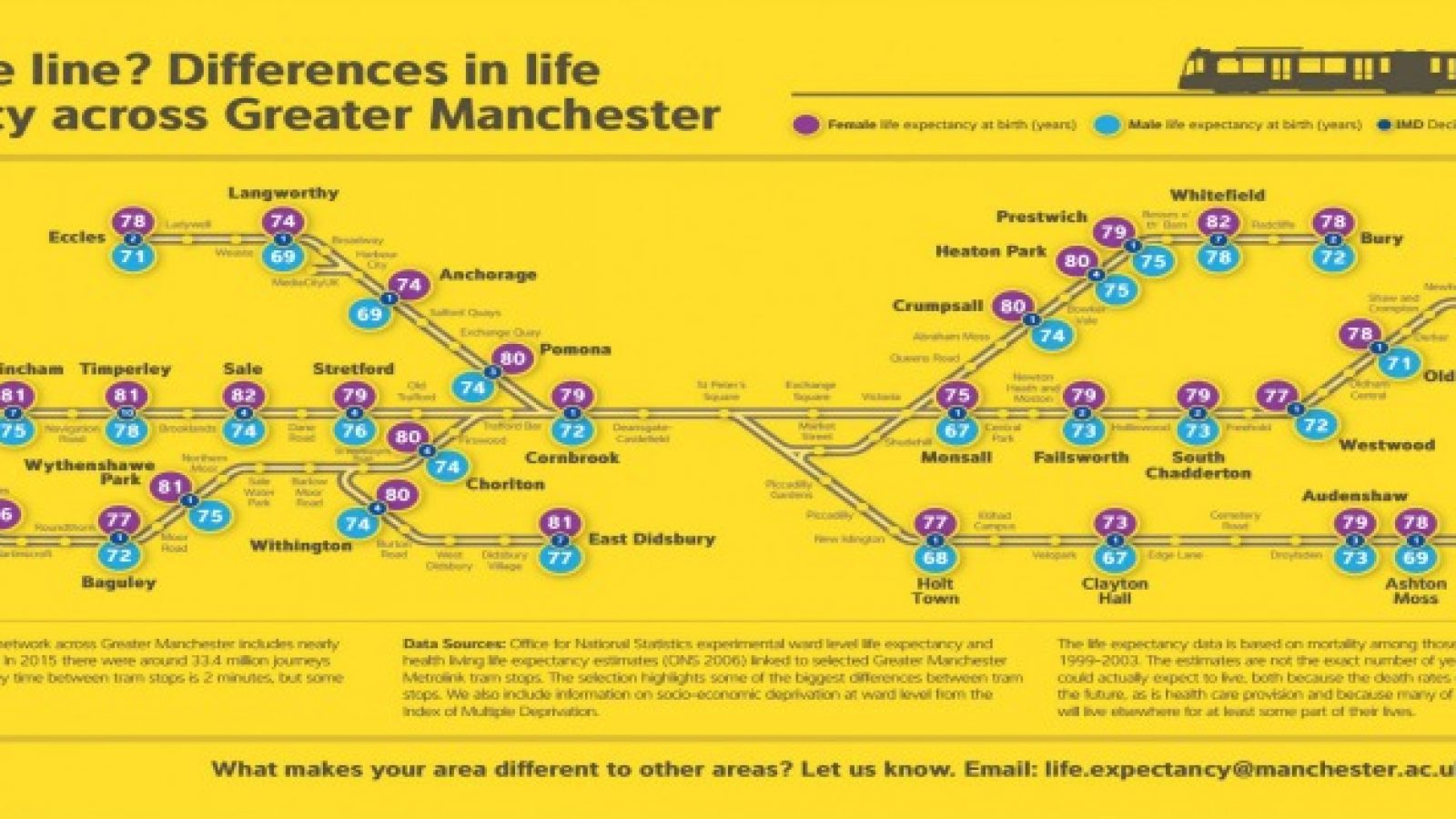



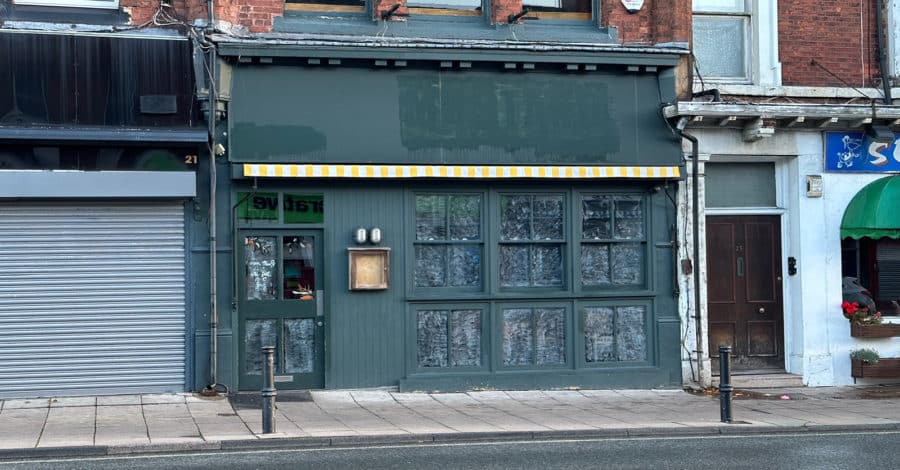
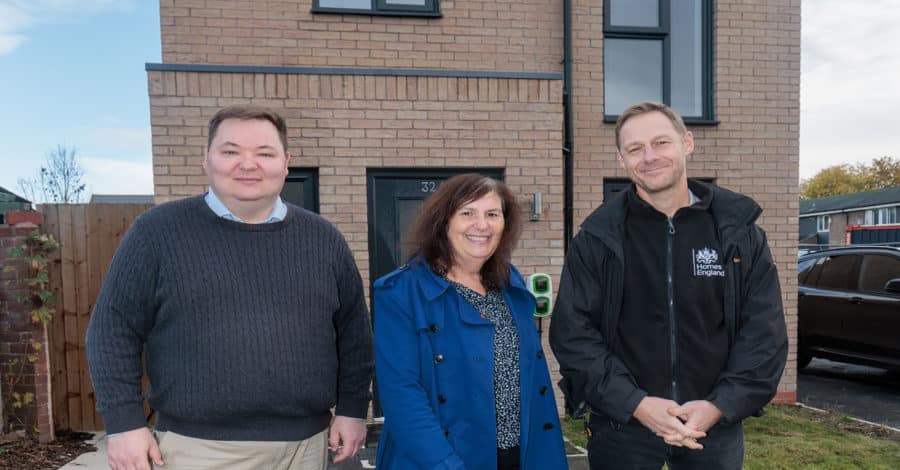




![Kevin Matley [image: Facebook]](https://sale.todaynews.co.uk/wp-content/uploads/sites/14/2022/11/Kevin-Matley-facebook-1600x900-1-900x470.jpg)


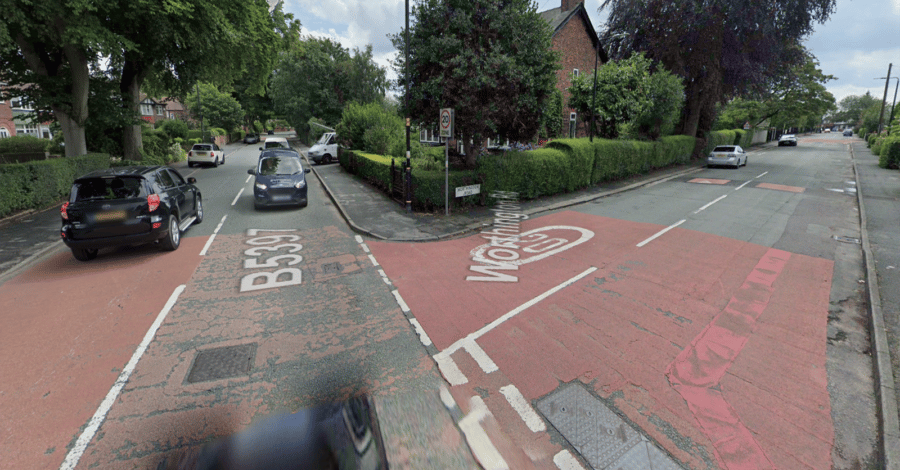






![Ashfield Road, Sale [image: Google Maps]](https://sale.todaynews.co.uk/wp-content/uploads/sites/14/2022/10/ashfield-road-sale-900x470.png)

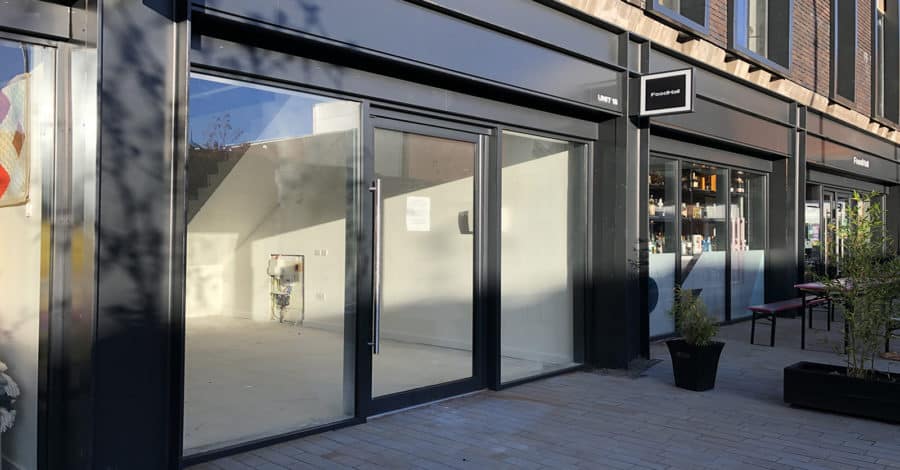

![Walton Park war memorial [image: Katy Ratican]](https://sale.todaynews.co.uk/wp-content/uploads/sites/14/2022/10/war-memorial-1600x900-1-900x470.jpg)
![Sale Waterside [image: Katy Ratican]](https://sale.todaynews.co.uk/wp-content/uploads/sites/14/2022/10/waterside-1600x900-1-900x470.jpg)